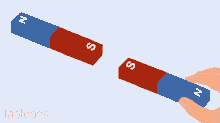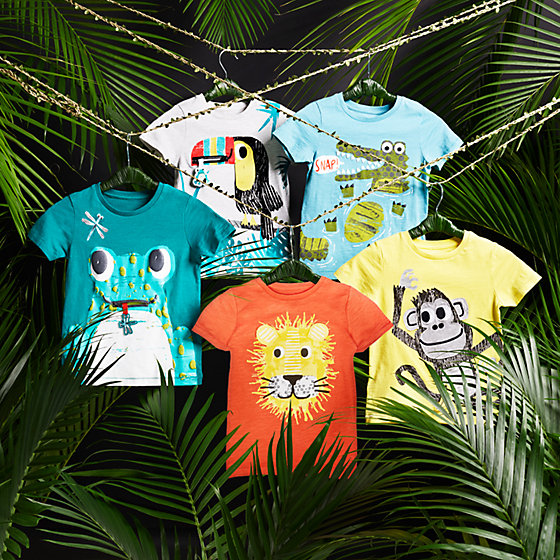Science
Autumn 2 - Healthy Humans

Above is the knowledge oragniser your child has been given to take home. We have asked the children to read through the key words we will be using throughout our Science topic.
Autumn 2
Our theme is… Healthy Humans
Our Key Questions are:
- How do our choices impact on our lifestyle?
- Are the diets different between animals and humans?
- What are the essential elements of a balanced meal?
- Why do we need a skeleton and are all skeletons the same?
Children will understand the effect of a balanced diet and how this impacts on our lifestyle.
They will understand that although some animals and humans are mammals, they need a different diet. Children will be able to explain the difference between Herbivores, Omnivores and Carnivores.
Children will begin to ask and answer simple scientific questions such as ‘What if we only eat sugar?’
Children will use classify to identify different groups e.g. classify animals based on their diet, identify and group animals such as vertebrates and invertebrates.
Children will understand where food comes from and discuss what food they can get at particular times of the year.
Children will be able to recognise the difference between vertebrates and invertebrates and understand the importance of exoskeletons.
They will be able to name some of the bones in the body and how why the skeleton is important.
As part of our Science topic, we will be having an explorers day on Monday 21st November
Children are invited to get dressed up as explorers for the day.

Don’t worry if you don’t have an outfit, you might have a top with an animal print that would be perfect for the day too.
Please remember to complete and return the letter sent home so that your child can take part in the activities with our visiting animals! If you need another copy of the letter, please Mrs Daar either at start of the day or at hometime.
We have been exploring the different diets that animals have and have sorted animals into groups:
Herbivores Carnivores Omnivores


 Explorer's Day - Monday 21st November
Explorer's Day - Monday 21st November



















We had a look at some animal skeletons and were amazed at all the bones they had.



Art and Exploring












One of our students was lucky enough to have been gifted a snake skin to take home after asking some incredible questions such as:
- What is the rarest colour of Horned Frogs?
- If you were an animal, what animal would you be?
- What dinosaur is related to the Chinese Water Dragon?
We have been exploring the nutrition labels on food. Miss Radcliffe likes to have a double cheese burger, fries and diet coke. Could you suggest a healthier meal using the nutrition calculator? https://www.mcdonalds.com/ca/en-ca/about-our-food/nutrition-calculator.html
Spring 1 - Rock and Roll
Above is the knowledge oragniser your child has been given to take home. We have asked the children to read through the key words we will be using throughout our Science topic.
Our Key Questions are:
Are all rocks the same?
How hard are rocks?
How are rocks formed?
Are all rocks impermeable?
How are fossils formed?
Are all rocks the same?
We looked at a range of rocks and tried to identify their name from the description.




How hard are rocks?
How are rocks formed?
We found our how sedimentary rocks, metamorphic rocks and igneous rocks were formed. Using chocolate we made little models or each time of rock while we explored the vocabulary associated with their formation.
We were then able to start to classify the rocks based on their formation.
Are all rock impermeable?
Rocks that are permeable allow water to soak or pass through it. Impermeable rocks don't allow the water through them. The water will either run off impermeable rocks or sit on the top like a puddle.
How are fossils formed?
A paleontologist is a scientist who studies fossils.
Explore the website to find out more and complete the online quiz. BBC Bitesize - Fossils
 Spring 2 - Forces and Magnets
Spring 2 - Forces and Magnets 
Above is the knowledge oragniser your child has been given to take home. We have asked the children to read through the key words we will be using throughout our Science topic.

Our Key Questions are:
Do all objects use the same force?
How can the strength of a force be changed?
Are all materials magnetic?
Do all mangets have the same strength?
How do magnets work?
Do all objects use the same force?
We explored how pushes and pulls start, stop and change direction of objects.



How can the strength of a force be change?
We had great fun exploring how friction impact on the movements of a toy car.
Friction is the force that happens when two objects touch and rub against each other. Fictions and slow things down and even stop movement. The force of friction always happens in the opposite direction of the movement.

Are all materials magetic?
After exploring and naming different types of magnets, we had time to sort materials into those that were magetic and those that were not.


We became very interested in 2p coins! Some of our 2p coins for magetic and some weren't. We explored this further. Ask us what we found out!
Do all magents have the same strength?




How do magnets work?
Click on the link to find out about magnets
Summer 1 - Light and Shadows
Above is the knowledge oragniser your child has been given to take home. We have asked the children to read through the key words we will be using throughout our Science topic.
Our Key Questions are:
What do we need light for?
How is light reflected?
How do mirrors work?
How can sunlight be dangerous?
How are shadows formed?
What do we need light for?
We need light to see things. Without light it would be dark. Darkness is the absence of light. Within our lesson we explored different light sources.
Click on the link to Explore light in more detail
How is light reflected?
Click on the link to find out how light is reflected
We used touches to explore which surfaces reflected the light the best.
Click on the link to find out how light is reflected for safety


How do mirrors work?
We had a great time playing games with mirrors while exploring how they worked.


We also made a quiz about light.
How can sunlight be dangerous?


.JPG)
Summer 2 - Plants
We will be :
Exploring the different features of a plant and how they help the plant to survive, grow and reproduce. Identify and describe the functions of different parts of flowering plants: roots, stem/trunk, leaves and flowers. Investigate the way in which water is transported within plants.
Investigating what plants need to grow healthily- plants need light, water, carbon dioxide and warmth. Investigations into sunlight and water. Explore the requirements of plants for life and growth (air, light, water, nutrients from soil, and room to grow) and how they vary from plant to plant
Looking at how plants produce new plants?- explore seed dispersal (wind, animals, explosion) Germination (when seeds start to grow) Explore the part that flowers play in the life cycle of flowering plants, including pollination, seed formation and seed dispersal.
 Reedley Primary School
Reedley Primary School

















